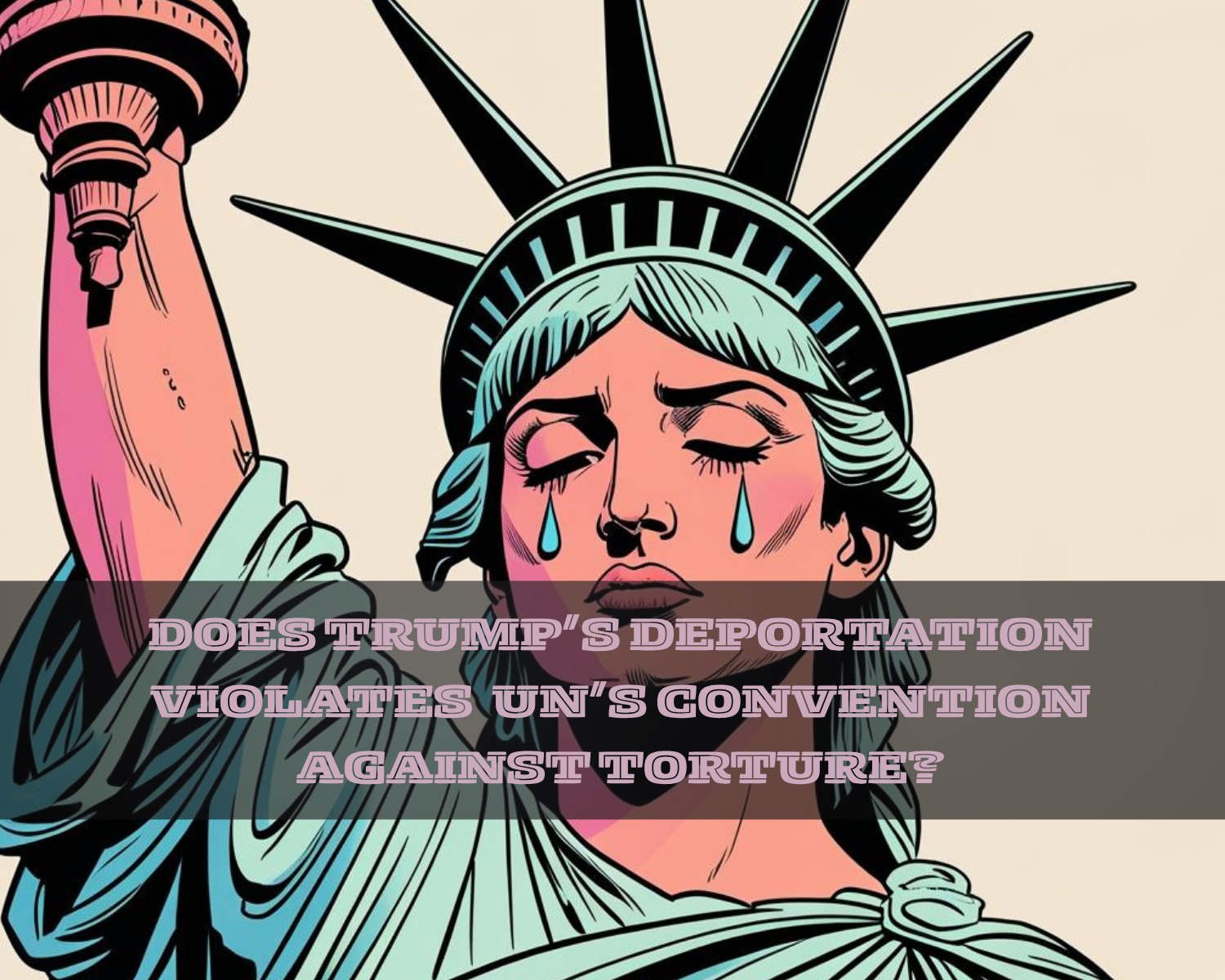On Thailand-Cambodia
What began as a historical territorial dispute has now escalated into the most violent border conflict and civilian displacement between Thailand and Cambodia in decades. With rising casualties and growing geopolitical stakes, how did the two countries reach this point?
The roots of the tension stretch back to a 1907 French colonial map, which marked certain disputed areas—most notably around Preah Vihear Temple—as part of Cambodia. Thailand has long contested the map's validity, but the International Court of Justice (ICJ) ruled in 1962, and reaffirmed in 2013, that the temple and surrounding territory belong to Cambodia. That ruling remains in effect today.
The latest escalation began on May 28, when a skirmish killed a Cambodian soldier, reigniting long-standing animosities. Cambodia called for the ICJ to intervene again, while Thailand rejected its jurisdiction and pushed for bilateral talks instead—sparking a renewed diplomatic standoff.
Tensions deepened in June with a series of incidents, including a confrontation over the singing of Cambodia’s national anthem at a border temple, followed by economic sanctions and border restrictions imposed by both sides.
Then on July 24, the conflict turned violent. Thailand accused Cambodian troops of flying drones over Thai positions near Prasat Ta Muen Thom, prompting Thai forces to open fire. Cambodia responded with counterattacks, claiming self-defense after alleged Thai incursions.
Now, four days in, the toll is rising: 32 to 33 confirmed deaths, including both soldiers and civilians. Over 58,000 Thai civilians have evacuated border areas, while 23,000 Cambodians have been displaced. Cambodia has launched rocket attacks on Thai infrastructure, while Thailand has responded with airstrikes, rocket barrages, and intensifying ground operations.
The UN Security Council has held an emergency closed-door session, and both ASEAN and Malaysia have called for immediate diplomacy—with Malaysia stepping in as a potential mediator. However, given the volatile political conditions in both countries, the situation remains highly unstable. Still, international mediation may be the only path to de-escalation before the conflict spirals further out of control.



